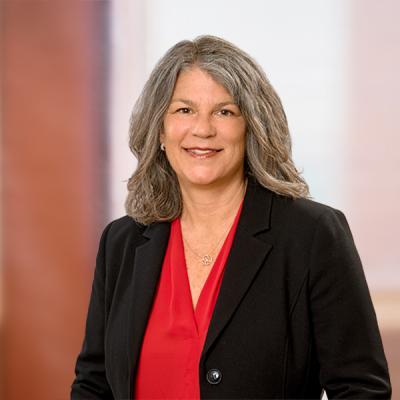Three Is (Not) A Magic Number: Damages Under the Discovery Rule
On May 9, 2024, the Supreme Court held that under the Copyright Act, there is no time limit on monetary recovery for a timely filed claim. In Warner Chappell Music, Inc. v. Nealy, 601 U.S. _____ (2024), the Supreme Court affirmed the Eleventh Circuit’s holding that a plaintiff with a timely claim under the discovery rule may obtain “retrospective relief for [an] infringement” even if it “occurr[ed] more than three years before the lawsuit’s filing.” Nealy v. Warner Chappell Music, Inc., 60 F.4th 1325, 1331 (11th Cir. 2023). However, this decision—as framed by Justice Gorsuch—leaves outstanding the question of whether the Copyright Act authorizes the discovery rule.
Under the Copyright Act, a plaintiff must file suit “within three years after the claim occurred.” 17 U.S.C. §507(b). There are two different understandings of this three-year statutory limitation: the first is that a copyright claim “accrue[s]” when “an infringing act occurs;” the alternative understanding, also known as the “discovery rule” or the “discovery accrual rule,” is that a claim accrues when “the plaintiff discovers, or with due diligence should have discovered,” the infringing act. Petrella v. Metro-Goldwyn-Mayer, Inc., 572 U. S. 663, 670 (2014); Id. at 670 n.4. The Supreme Court has “never decided whether” the discovery rule is valid, and pointedly did not address its validity in Warner. See Warner, 601 U.S. _____ (2024) (“[W]e do not resolve . . . which of those two rules should govern a copyright claim’s timeliness.”). Justice Kagan—writing for the majority—explained that Warner Chappell did not challenge Nealy’s use of the discovery rule, nor did it present the validity of the rule as an issue for the Court to address.
Instead, the Court answered the limited question of whether, under the discovery accrual rule applied by the circuit courts, a copyright plaintiff can recover damages for acts that allegedly occurred more than three years before the filing of a lawsuit. The Supreme Court confined its review to this singular question in order to resolve the division among federal appellate courts as to whether a three-year damages limitation should be imposed on copyright infringement claims. To answer this question, the Court assumed that: (1) the discovery rule governs the timeliness of copyright claims, and (2) the plaintiff’s claims were timely.
With these assumptions, the Court determined that the Copyright Act contained a “time-to-sue prescription,” but did not establish a separate three-year period for recovering damages. The Court analyzed the Copyright Act’s remedial sections, and found only that an infringer is liable for either statutory damages or the owner’s actual damages and the infringer’s profits. See 17 U.S.C. §504(a)–(c). Notably, the Court did not find any time limit on monetary recovery, and therefore held that a copyright owner possessing a timely claim for infringement is entitled to damages, no matter when the infringement occurred.
Ultimately, if a copyright owner’s infringement claims are timely, a damages window does not exist for those claims. However, should the Supreme Court ever decide that the discovery rule is invalid, a copyright owner will have to file suit within three years of the infringing act occurring, which could severely limit not only the copyright owner's damages window, but their ability generally to seek relief.
Authors
Laura Franco
Member


